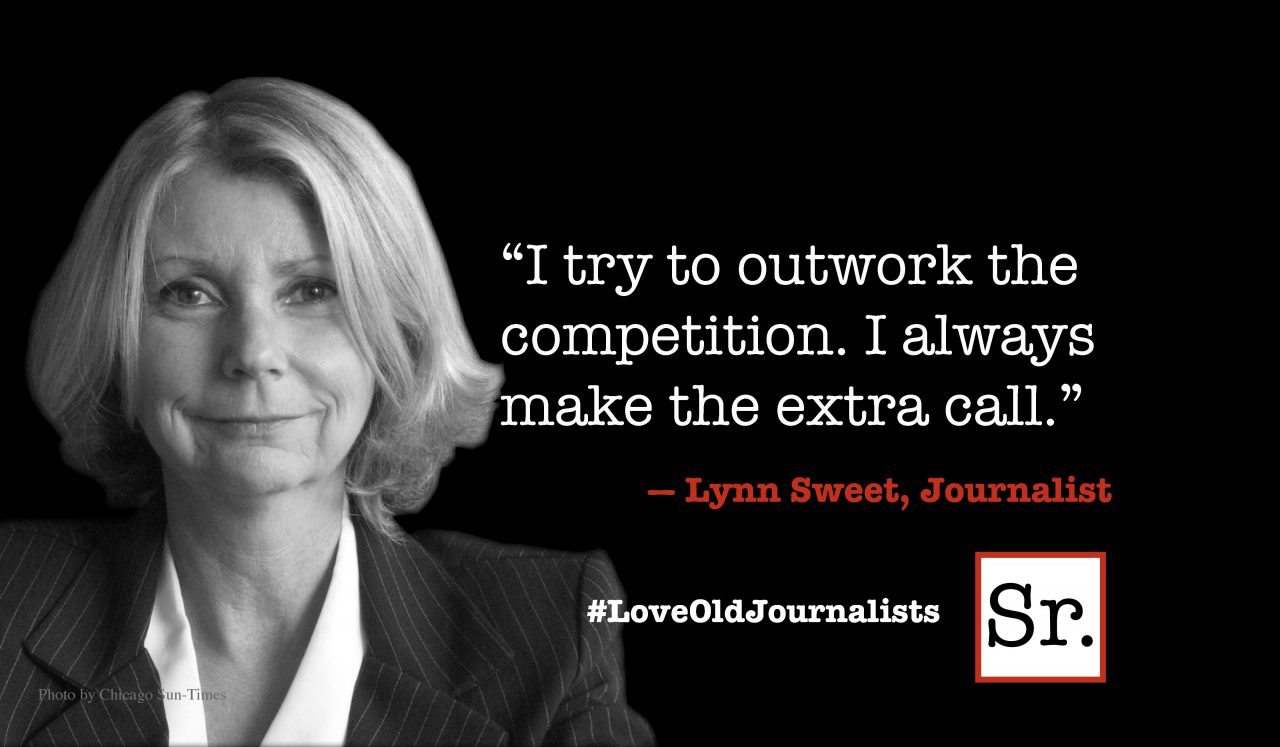Who remembers the childhood game Follow the Leader?
Someone is arbitrarily named "The Leader." He or she begins doing goofy things, and everyone else mimics the leader's actions, also doing goofy things. Players who are slow to catch on, disobey or are unable to mimic the leader are out of the game. The last person standing becomes the new leader.
Do you ever wonder how much our early childhood programming impacts our relationship to leadership today?
What is leadership? Ask a dozen leadership gurus, get a dozen definitions. Type in "leadership books" at Amazon, and you'll find over 117,000 matches, likely just scratching the surface of what's out there.
In The Quality Coach workshop "From Individual Contributor to Leader," we cater to supervisors and managers who have been promoted to a leadership role mostly because they were so darned good at their technical role. Astonishingly, their technical competencies rarely translate to what is needed for leading others.
We distinguish leadership from management in very simple terms that seem to resonate for many — lead people, manage things.
Things include schedules, processes, material flow, metrics and other inanimate objects. They all need to be managed. People generally resent and resist being managed. At some level, people who are managed feel diminished, thus diminishing the value and contribution they bring to any endeavor. Put another way, we lead from the heart and manage from the head.
In order to excel at providing leadership services for others, we must first learn to lead ourselves. When we become effective leaders of ourselves, the impact we have on others will be positive and productive. When we are able to access the best in ourselves, we more easily and effortlessly access the best in those who look to us for leadership.
Leading ourselves is about knowing ourselves from a behavioral-style and values perspective. How do we tend to operate, communicate and go about our work? What makes us tick? Why do we do what we do? What inspires us? What shuts us down? What about our strengths and talents? What about our areas for improvement? Do we have a plan to improve and someone to coach or mentor us, helping hold us accountable? How are we handling mistakes — ours and others? Are we busy learning, or are we busy blaming?
Think of what kind of example you are setting. If everyone followed the leader (that would be you), would they be doing goofy things? Or would they be giving their best to each aspect of their job?
You can step up your leadership no matter what your official job title is. Leadership is about embracing your personal power, not waiting for someone to discover how wonderful you are and anointing you with more authority. It's about using your powers for good. It's about offering sincere apologies when you mess up and granting forgiveness to yourself and others when they make a mistake. It's about using everything that happens to become a better leader and bringing out the leader in those who look to you for leadership. And did I mention humility?
"If you seek to lead, invest at least 50 percent of your time leading yourself — your own purpose, ethics, principles, motivation, conduct." — Dee Hock, founder of Visa International and author of "One From Many."
Stop looking for leadership in all the wrong places. Look in the mirror. In what ways are you leading yourself effectively? How is your self-leadership connecting to the way you lead others? What self-leadership habits do you need to form? What dysfunctional habits do you need to let go of?









